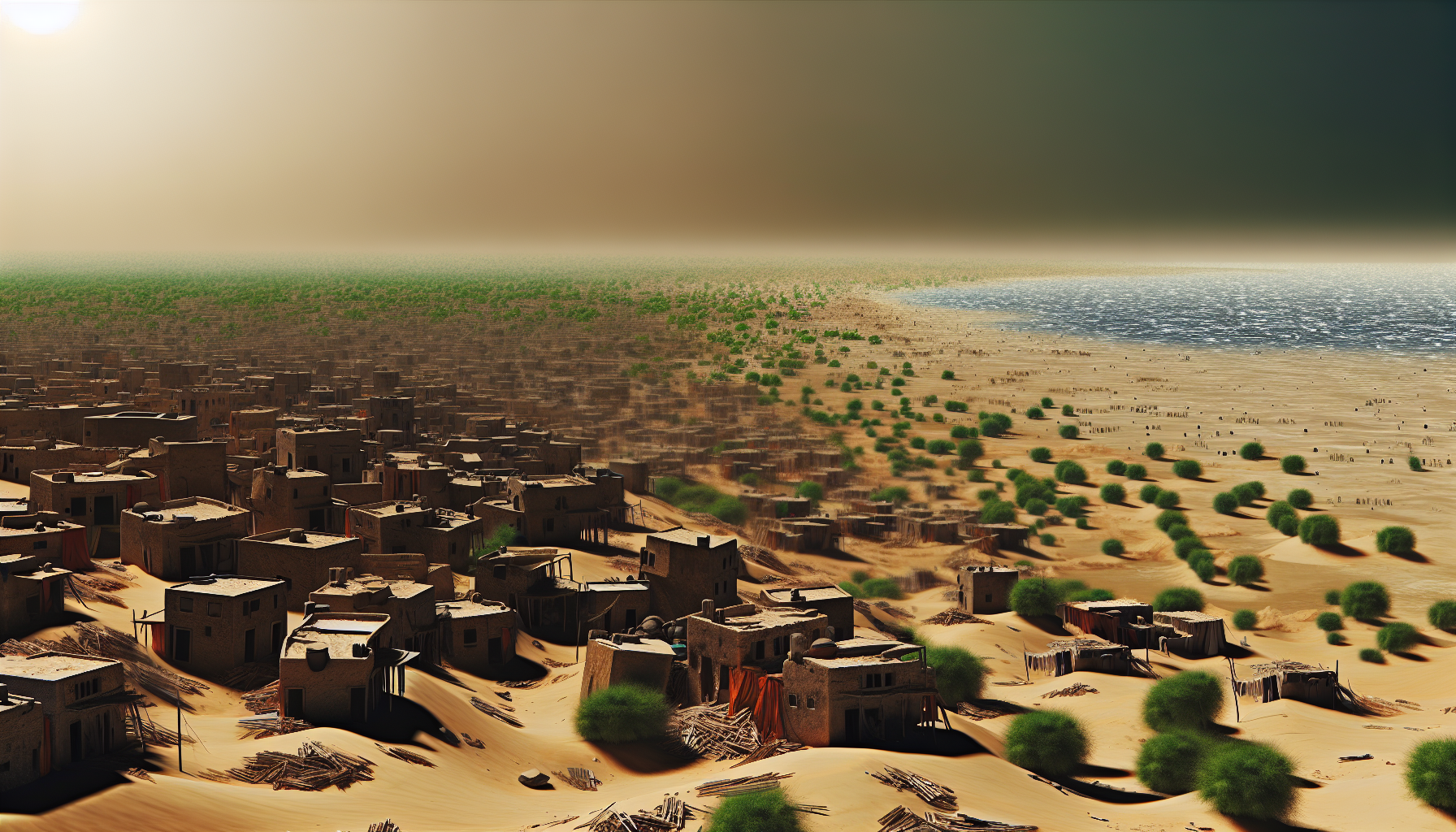In an epoch where sizzling summers reign with relentless authority, the search for solace has become more than a quest; it’s a survival imperative. Our world, once bursting with verdant spaces, now cowers beneath a broiling sun, its greenery scorched into a mythical memory. Havens in the Heat – once bastions of biodiversity, these sanctuaries are succumbing to the might of our seared earth, prompting one to wonder: are they havens any longer, or have they transformed into mere mirages on our dystopian horizon?
Amidst the backdrop of a climate in crisis, a select few areas across the globe still offer a semblance of the serenity that was once taken for granted. These pockets, enveiled in relic mists and hidden by precipitous terrain, provide more than just a temperature anomaly; they are repositories of the rare, the endangered, and the ephemeral. Yet as temperatures elsewhere breach thresholds and the oceans inhale coastlines with gasping tides, can these oases of cool remain impervious to the thermal siege?
Recent studies unveil a distressing narrative: these sanctuaries are as vulnerable as the ideals of conservation that fostered them. High-altitude havens, once insulated by their very elevation, witness retreating glaciers with the despondence of defeated guardians. Tropical cloud forests, draped in perpetual fog, face the dichotomy of being both refuge and target, their very uniqueness making them an emblem of what may soon be extant.
It is within these secluded theaters that fledgling communities of climate refugees have started to take root. An itinerant populace, they travel not for trade or tourism but in desperate pilgrimage toward survivability. Families fleeing sun-scorched homes carry the ghost of normalcy on their backs, hoping to find a safe act in the tragedy that unfolds in our larger world. Their stories – filled with loss and unquenchable hope – are testament to the resilience that humanity can muster even as the world grows inhospitable.
The longevity of these sanctuaries is fraught with uncertainty. They are not unlike the heat pumps described in previous articles – a temporary relief overwhelmed by a pervasive problem. The discomforting question arises: as temperatures rise, will these refuges become overcrowded arks or sink beneath the waves of climate change?
Ecologists and climate scientists provide a grim outlook, predicting that these isolated pockets of climate reprieve are poised on the precipice of a hostile takeover by the warming world surrounding them. And what of the winged and four-legged inhabitants of these sanctuaries? One could draw a parallel with the plight of darkness in our over-lit lives, as chronicled in ‘Artificial Nightfall’. The staggering encroachment of heat parallels the invasive glare of humanity’s artificial day, each altering the rhythms of life in profound ways.
In the relentless narrative of heat’s conquest, myth and hope intertwine perilously. Stories emerge of new predators usurping thawing tundras and of ashes darkening skies, prophecies of despair within the withering pages of our planet’s history. In these tales, sanctuaries are simultaneously the last chapter of resistance and the foreword to an unwritten plight.
Yet, as the global thermometer edges ever upward, one mourns the potential fall of these idyllic landscapes into the annals of the forgotten and the dreamt. They ask, will the children of tomorrow know the cool kiss of a forest shadow, or will it fade like the mists that once clung to its canopy – an exquisite delusion dissolved by the heat of a relentless sun?
As we ponder the fate of our last sanctuaries, we must confront the visage of reality that mirrors back: they may not be the safe harbors of tomorrows, but harbingers of a mirage we desperately want to believe is still within reach. We teeter on the brink of a climatic mirage – a world where the possibility of respite becomes increasingly illusory. ‘Havens in the Heat’, indeed – where once there was shade, now there might only be a shimmering hope that dissipates upon approach.
